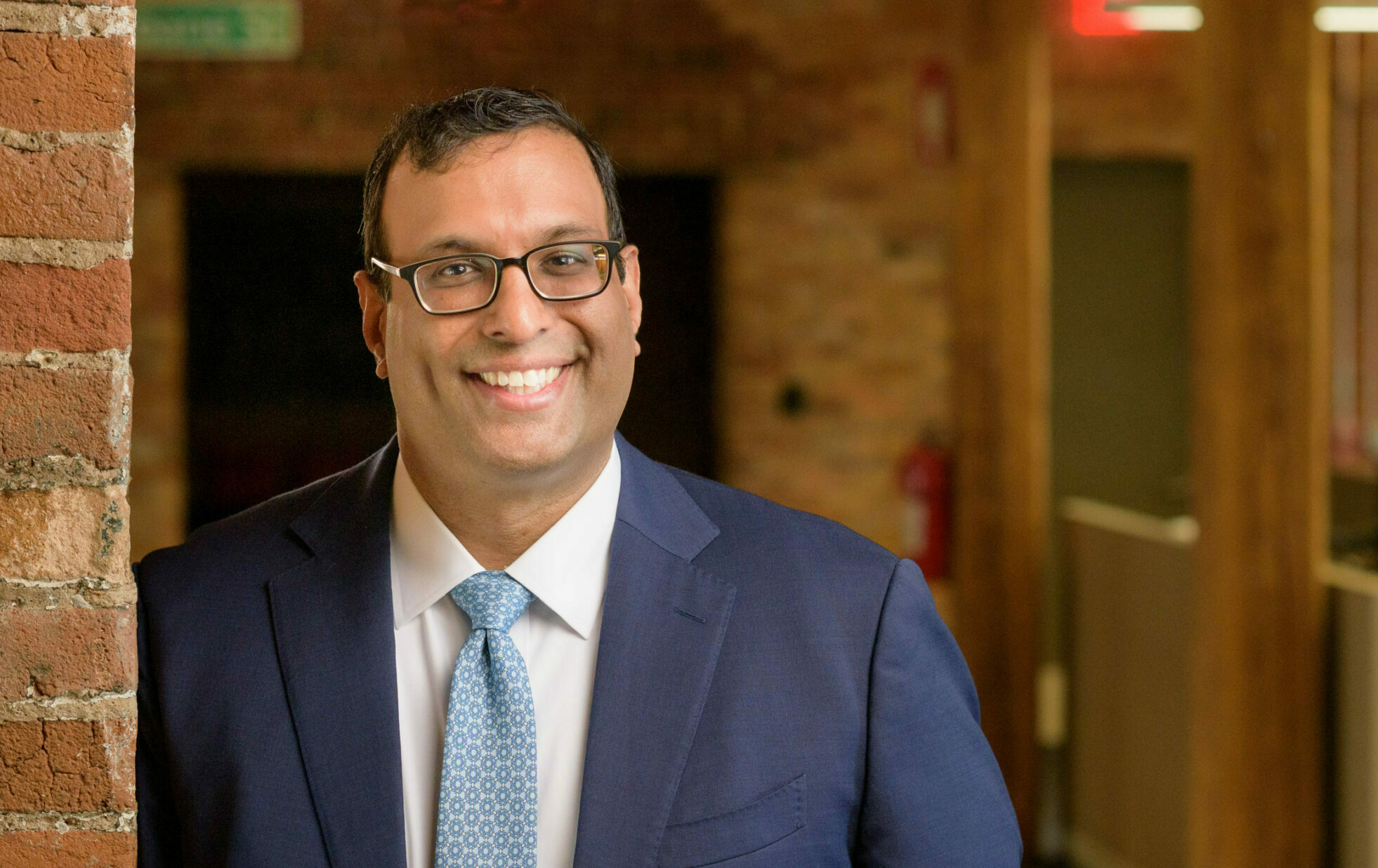You may think you know who your competition is – but do you?
In traditional strategy, the industry one competes in looms large. Competitors are defined by their relative position within an industry. Profitability stems from where one stands vs buyers, suppliers, substitutes, entry barriers and intensity of rivalry, for instance.
Yet as we move from an economy based on mass production and fossil fuels to one based on personalized services and information technology, the traditional definition of industry becomes less relevant every day.
Increasingly, competition is to do with how effectively a firm helps key constituents – primarily customers – get the outcomes they seek. This is the “jobs to be done” perspective: we hire and fire products to get jobs done in our lives.
Looked at through this lens, it’s clear that the most significant competition for many businesses isn’t in their industry at all. Rather, it lies elsewhere, in shifts that make what they offer less important, less desirable, or plain unnecessary.
AI is a pretty good tutor…
Take the education technology company Chegg. Founded in 2006, Chegg had huge early success as a textbook reseller, then as a provider of learning services to millions of subscribers – services largely delivered via virtual armies of human contractors.
Yet in recent years, Chegg has been a victim of the meteoric rise of GenAI. When ChatGPT launched in 2022, Chegg’s leadership thought it would be at least 2025 before AI could supplant their human-based services. But by May 2023, company CEO Dan Rosenzweig shared news of massive subscriber losses. Chegg’s shares dropped 48% in a day.
Today, the situation looks dire. Chegg has sustained further subscriber losses, and its stock is down 99% from its 2021 level. Is the firm doomed? Not necessarily – but it’s definitely been damaged. And it wasn’t another educational technology company that did it.
…and a mean image-creator
Another AI-related shock wave can be seen in the proposed mega-merger between Getty Images and Shutterstock, which is set to bring together two of the three largest stock photography companies.
Executives say the combined firm will have a larger set of images to train AI on, and claim that the demand for high-quality images is booming. Yet it seems clear that when one can conjure a high-quality image at the push of a button, basically for free, the upside for a business that seeks to charge for images is severely limited.
AI’s arrival is also bad news for photographers and other creatives. Like their counterparts in the music business, analog dollars are often being traded for digital pennies when it comes to the sale of creative output.
Big Pharma vs Big Food
Another source of within- and cross-industry shifts is being triggered by GLP-1 inhibitors, the new class of weight-loss drugs including Ozempic and Wegovy.
Patients using GLP-1 medications are reportedly opting for healthier food options – causing a double-digit decline in sales of chips and salty snacks among those customers. In fact, they are eating less in general: families with members who are on the drugs are spending less on groceries every month.
The drugs affect other parts of healthcare too. As one patient observed: “I may be on Wegovy for life, but there’s a medicine cabinet’s worth of other drugs I don’t have to take any more.”
If you can fix the problem of obesity, all those other drugs that treat its symptoms are no longer necessary.
Understand the job to be done
Thinking that your primary competition consists of companies who do the same thing you do is a trap. Your primary competition is how your customer can get the outcomes they want – whether it involves buying something from you or not.




